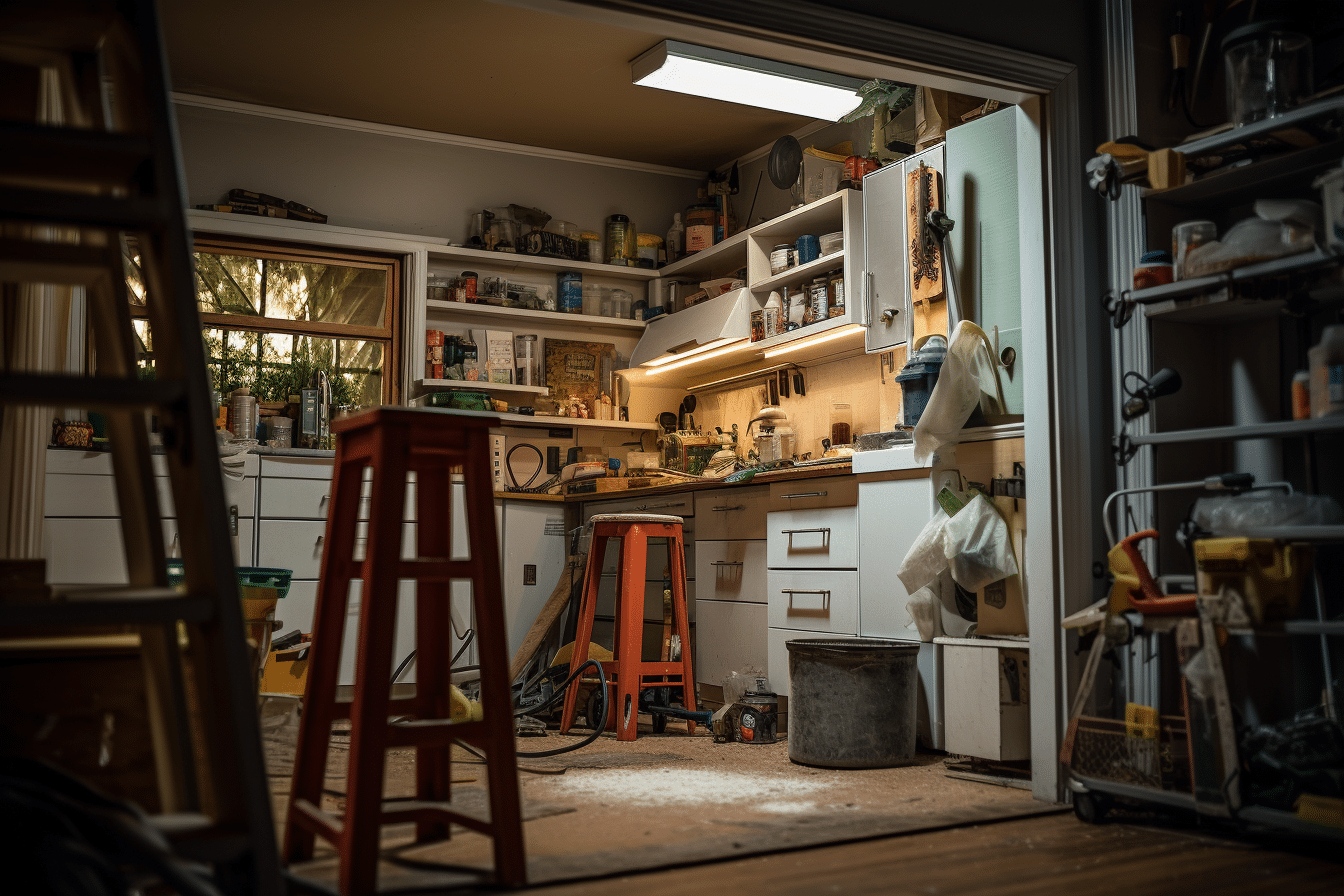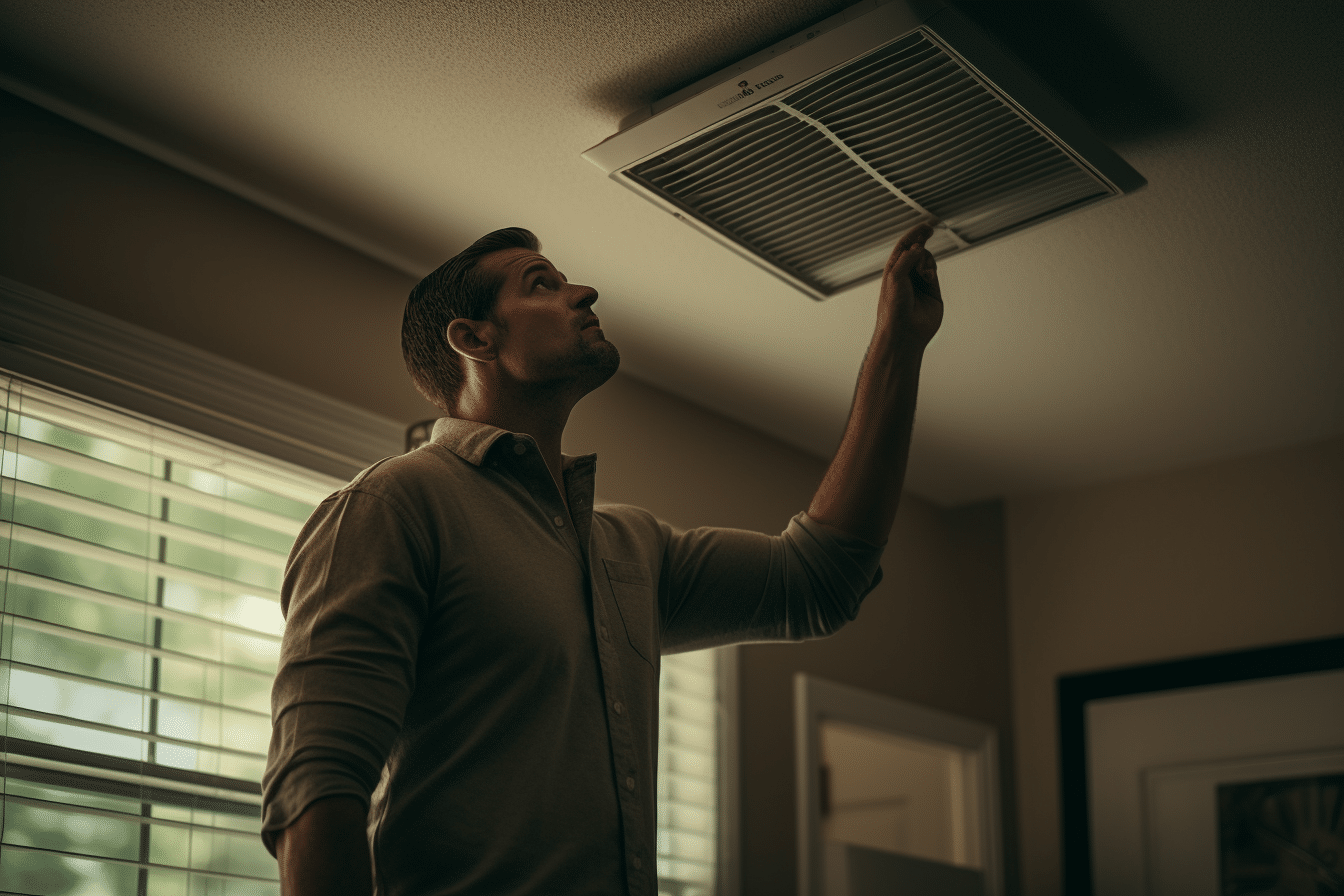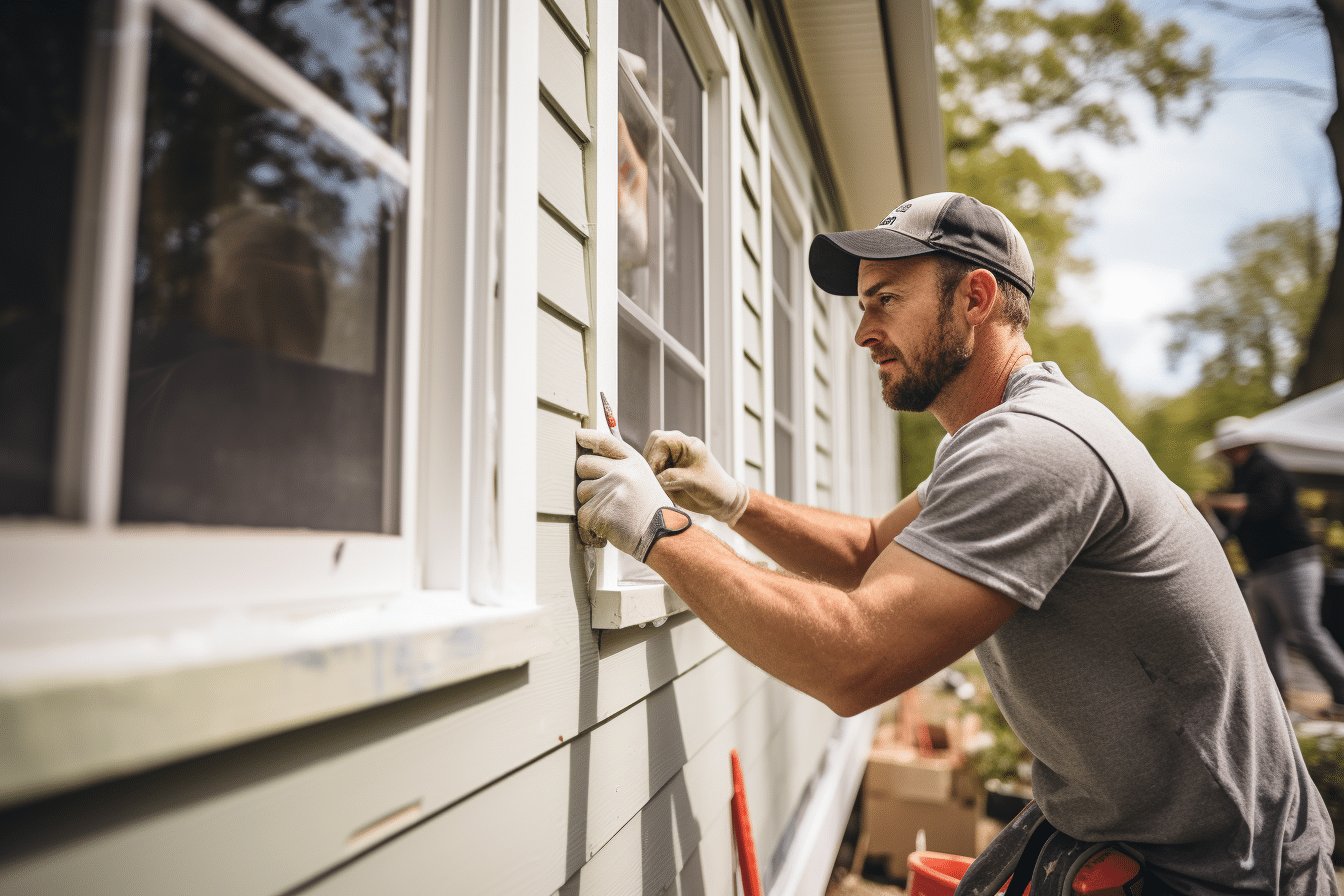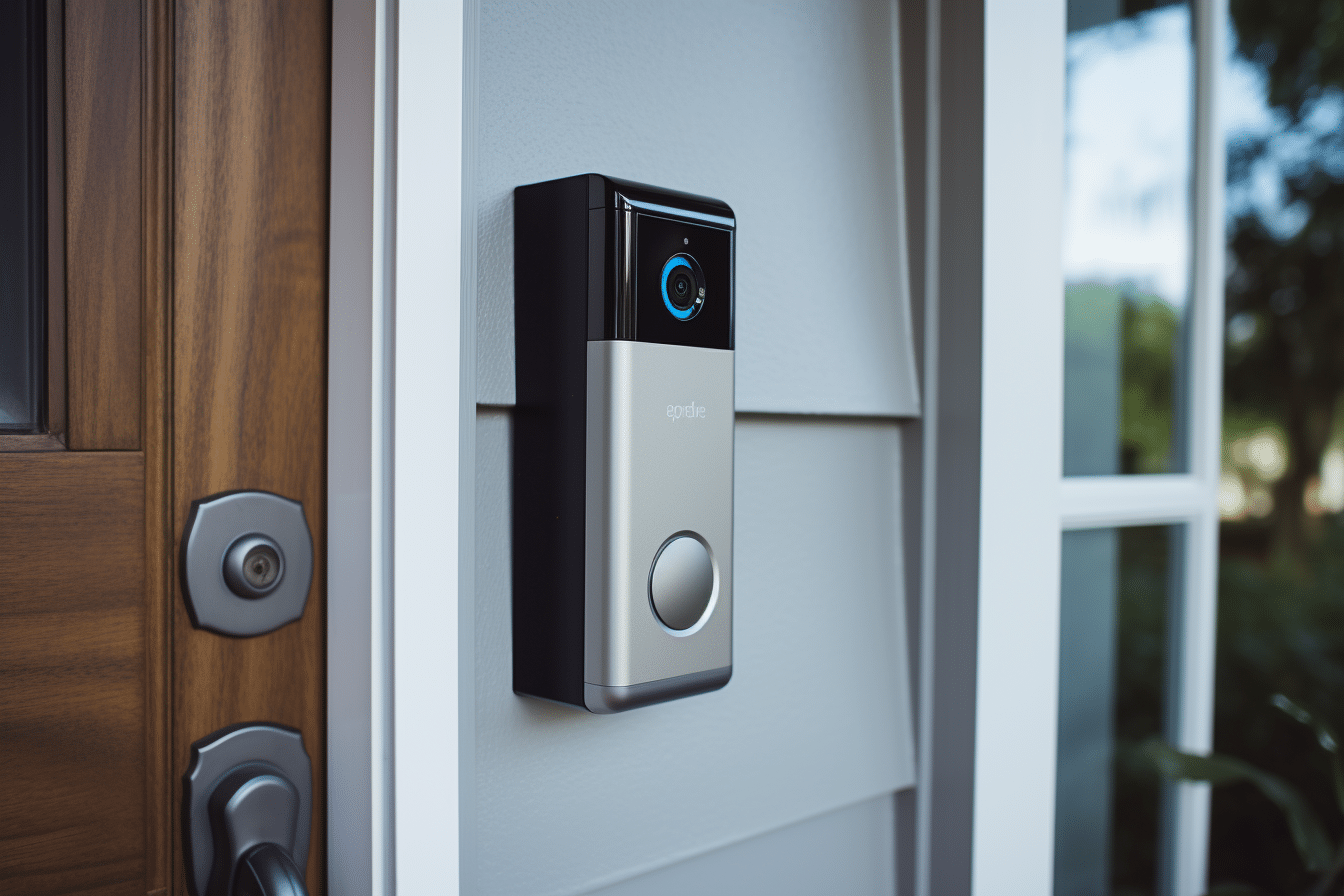
Home Repair Tasks: Essential Fixes for Every Household
Home repair tasks play an essential role in maintaining the overall quality and value of your home. As a homeowner, it’s crucial to understand the importance of regular maintenance and know how to properly care for your home’s various systems and features. From indoor maintenance work to outdoor and exterior care, taking a proactive approach towards home repairs helps to prevent costly issues and promotes a safe living environment.
By following a seasonal maintenance guide, homeowners can easily keep track of the necessary tasks to ensure the longevity of their home. Safety checks and equipment inspections should be regularly conducted in order to catch potential problems early on and prevent them from escalating into more extensive repairs. Additionally, implementing checklists and schedules for home repair tasks makes managing your responsibilities more accessible and stress-free.
Key Takeaways from Home Repair Tasks
- Regular home maintenance is vital for preserving your home’s value and safety
- Following a seasonal guide helps with tracking necessary repairs and tasks
- Utilize checklists and schedules for more efficient home care management
Understanding Home Maintenance
Home maintenance is an essential aspect of homeownership, as it helps to preserve and increase the property’s value. By being proactive and following a regular schedule, homeowners can prevent unexpected issues and costly repairs.
Creating a home maintenance schedule can improve the overall upkeep of a house. This schedule should include tasks that need to be accomplished monthly, quarterly, or annually. By keeping track of these tasks, homeowners can ensure they are not missing any important projects that may lead to potentially costly issues.
Some popular monthly tasks include inspecting and cleaning HVAC filters, checking smoke and carbon monoxide detectors, and cleaning the kitchen range hood. Quarterly tasks typically involve inspecting the roof, cleaning gutters, and checking exterior drainage. It’s also important to perform tasks that may be specific to your home’s needs, like 10 Vital Home Maintenance Tasks You’ll Regret If You Forget.
In addition to the scheduled maintenance, homeowners should also be proactive in addressing any potential issues they might observe. For instance, if there is a noticeable leak in your roof, take prompt action to prevent further damage. Addressing problems as soon as they surface can save time and money in the long run, compared to resolving issues after they become more significant.
Remember, maintaining your home not only makes it a more pleasant place to live but also protects your investment. Ensuring proper maintenance is essential for retaining and even increasing the value of your property, making it an important responsibility for every homeowner.
Seasonal Maintenance Guide
Winter Preparations
It’s crucial to prepare your home for the cold season. One essential aspect of winter home maintenance is inspecting the insulation and addressing any gaps. Proper insulation will help prevent ice dams and ensure overall coziness during winter. Don’t forget to create a winter home maintenance checklist to stay organized.
Spring Refresh Tasks
As the weather starts to warm up, it is time to focus on spring home maintenance. Begin by examining your home’s exterior for any damages caused by winter weather. Cleaning gutters and downspouts is also a vital task, as it prevents water from entering your house. Make sure to have a spring home maintenance checklist handy to keep track of these tasks.
Summer Upkeep
When summer rolls around, it’s essential to focus on summer home maintenance. Properly maintaining your air conditioning system will ensure a comfortable season while preventing costly repairs. Also, check your home’s exterior for any signs of wear and tear, paying special attention to window and door seals. Keep a summer home maintenance checklist to stay on top of these duties.
Fall Inspection and Repair
Lastly, fall home maintenance is all about inspection and repair. Check your home’s roofing, siding, and foundation for any issues that need to be addressed before winter arrives. Make a thorough fall home maintenance checklist to ensure a smooth transition into the colder months. This proactive approach to home care will save you time and money in the long run.
Indoor Maintenance Work

Performing regular indoor maintenance work is crucial to keep your home safe and comfortable. This section will cover HVAC System Care, Electrical Safeguards, and Plumbing and Drains.
HVAC System Care
Maintaining the HVAC system is essential to ensure a cozy atmosphere and clean air quality. A well-maintained system also helps save on energy bills. Here are some suggestions:
- Furnace: Check and replace the filters every 1-2 months to keep the air clean. Schedule yearly tune-ups to prolong its lifespan.
- Air conditioning system: Clean or replace the filters regularly, and schedule professional servicing at least once a year.
- Carbon monoxide detectors, smoke detectors and alarms: Replace the batteries in these devices twice a year and test them monthly.
Electrical Safeguards
Taking care of your home’s electrical system can prevent fires and accidents. To enhance electrical safety, follow these tips:
- Check electrical cords for damage, fraying, or exposed wires. Replace them if necessary.
- Ensure your smoke detectors and carbon monoxide detectors are functioning properly.
- Avoid overloading power strips and outlets.
- Schedule a professional inspection every few years.
Plumbing and Drains
A smoothly functioning plumbing system keeps your home clean and fresh. To prevent issues or detect them early, pay attention to the following:
- Drains: Routinely use a drain cleaner to maintain sink drains, tub and sink drains, and prevent clogs.
- Water heater: Inspect your water heater for leaks and rust at least once a year. Schedule a professional flush-and-fill service every 2-3 years.
- General plumbing: Look for leaks in faucets and exposed pipes. Keep an eye out for water stains on ceilings and walls, as these can indicate hidden leaks.
By following these easy, casual tips, you can keep your home in excellent condition and avoid costly repairs down the road.
Outdoor and Exterior Care

Roof and Gutter Maintenance
Taking care of your roof and gutters is essential in maintaining your home’s exterior. Regularly inspect your roof for damaged or missing shingles and replace them to prevent leaks and water damage. Keep an eye out for sagging areas, which could indicate a bigger issue.
- Clean gutters at least twice a year, especially in the fall and spring, to prevent clogs and improve water flow.
- Check and repair any cracks or damages in downspouts and ensure they’re directing water away from your home’s foundation.
Exterior Surface Management
A home’s exterior appearance is crucial for curb appeal, so make sure to keep it in top shape. Check your exterior paint and exterior siding for signs of wear or damage, and repair or repaint as needed.
| Maintenance | Description |
|---|---|
| Painting | A fresh coat of paint can protect siding and prevent moisture penetration. |
| Siding | Inspect and replace damaged siding to prevent water damage and mold. |
Landscape and Garden
Proper care of your landscape and garden can enhance your home’s appearance and prevent potential hazards. Keep your trees, plants, and shrubs healthy and well-trimmed.
- Pruning: Regularly trim branches and remove dead or diseased limbs to promote healthy growth.
- Remove any branches or limbs that are too close to your home to minimize risk of damage.
Deck and Patio Upkeep
Don’t forget about your deck and patio! These areas require regular maintenance to ensure they’re safe, functional, and looking fresh. Here’s what you need to do:
- Inspect your deck and patio for signs of wear or damage.
- Clean the surfaces regularly with a pressure washer or scrub brush.
- Paint or stain wooden elements to protect them from the elements.
Safety Checks and Equipment
When it comes to home repair tasks, safety should always be a top priority. In this section, we will briefly discuss some essential safety checks and equipment needed to keep everyone in the household protected.
First and foremost, smoke alarms are a crucial part of any home’s safety system. They should be installed on every level of the house, including the basement. Don’t forget to test them every month and replace their batteries at least once a year.
Another crucial device for home safety is the carbon monoxide detector. Just like smoke alarms, these detectors should be placed on every floor of the house. Carbon monoxide is a colorless, odorless, and potentially lethal gas, so it is vital to detect any leaks early. Make sure to test these detectors regularly and replace their batteries as needed.
Fireplace safety is also an essential part of keeping your home safe. Regularly checking and cleaning your fireplace flues can prevent hazardous amounts of creosote from building up, which can potentially cause chimney fires. Additionally, make sure fireplace screens are in place to catch any stray sparks or embers.
In the event of an emergency, having a fire extinguisher handy can make all the difference. Consider keeping one on each floor of your home, and don’t forget to check the extinguisher’s pressure gauge at least once a year to ensure it is properly charged.
Here’s a quick summary table of the safety checks and equipment:
| Safety Equipment | Placement | Frequency of Checks |
|---|---|---|
| Smoke alarms | Every floor | Monthly |
| Carbon monoxide detectors | Every floor | Regularly |
| Fireplace flues | Individual fireplaces | At least once a year |
| Fire extinguisher | Every floor | Yearly |
By following these simple steps, you can help ensure your home remains a safe space for everyone.
Specialized Home Systems

Energy Efficiency Upgrades
Improving energy efficiency in a home can be accomplished through various methods, such as upgrading insulation or installing storm windows. One common upgrade is adding or replacing insulation within walls and ceilings to retain heat, thereby reducing energy usage and costs.
Another strategy to enhance energy efficiency involves adjusting heat registers. By cleaning and properly sealing them, homeowners can improve the flow of warm air throughout their home. Additionally, installing storm windows can assist with maintaining a consistent temperature indoors while providing extra protection against harsh weather conditions.
As for window screens, they not only protect against insects but can also help promote natural ventilation, further reducing the need for cooling systems during warmer months.
Safety and Alarm Systems
The safety of our homes is a top priority, and investing in reliable alarm systems is one way to ensure it. A proper home safety system includes fire extinguishers, carbon monoxide detectors, and security alarms.
Fire extinguishers are a must-have in every home, providing a first line of defense against potential fires. It is crucial to have extinguishers available in key areas, such as the kitchen and garage, and to perform regular extinguisher checks to ensure they are in good working order.
Carbon monoxide detectors protect occupants from the dangers of carbon monoxide, an odorless and tasteless gas that can be deadly if undetected. Installing these detectors near sleeping areas and fuel-burning appliances helps to effectively monitor CO levels and alert occupants when they reach unsafe levels.
Lastly, a complete security alarm system can protect your home from intruders and alert you to potential threats. By investing in a security system that includes sensors on doors and windows, motion detectors, and surveillance cameras, homeowners can significantly improve the overall safety of their property.
Cleaning and Organization
Cleaning your home may not be as exciting as other home repair projects, but it’s an essential part of maintaining a pleasant living space. Regularly tidying up helps to avoid clutter and keeps important areas, like kitchens and bathrooms, in a sanitary condition. In this section, we’ll briefly discuss cleaning, garbage disposal, and creating a home maintenance checklist.
General Cleaning Tips
- Set a schedule: Consistency is key. Set specific days and times for cleaning tasks to make it easier to keep on top of things.
- Use quality cleaning supplies: Invest in good quality cleaning supplies, such as microfiber cloths, vacuum cleaners, and eco-friendly cleaning solutions.
- Declutter: Regularly decluttering your home makes cleaning more manageable and helps to achieve better results.
Garbage Disposal and Recycling
Proper garbage disposal is an important part of maintaining a clean home. Ensure that you:
- Separate trash: Divide your trash into recyclables, compost, and landfill waste.
- Store trash properly: Use appropriate bins or containers, and secure garbage bags tightly to prevent pests.
- Follow local guidelines: Check your local municipality’s guidelines for proper waste and recycling disposal.
Home Maintenance Checklist
A home maintenance checklist can serve as a comprehensive guide to keeping your home in top shape. For best results, divide the list into categories such as daily, weekly, monthly, and annual tasks. Here’s a brief example:
| Frequency | Task |
|---|---|
| Daily | Wash dishes |
| Weekly | Vacuum floors |
| Monthly | Clean oven |
| Annual | Inspect and clean gutters |
By incorporating cleaning and garbage disposal into your regular home maintenance routine, you’ll create a more organized and enjoyable living space. And remember, keeping a casual tone when discussing your chores can help make the tasks feel more approachable and manageable.
Checklists and Schedules
A well-maintained home is essential for both comfort and safety. To ensure that everything gets taken care of, it’s important to create a home maintenance checklist and schedule tasks on a monthly, seasonal, and quarterly basis.
A monthly routine should include activities like inspecting smoke and carbon monoxide detectors and cleaning the filters in your HVAC system. For monthly tasks, you might want to set specific dates to perform them, ensuring that they don’t slip your mind.
For seasonal maintenance, consider activities such as:
- Spring: Inspecting the roof and gutters for damage from winter weather, and giving your home’s exterior a thorough cleaning.
- Summer: Checking outdoor spaces like decks and patios for structural integrity, and cleaning your air conditioner.
- Fall: Preparing your home for winter by sealing gaps and cracks, and cleaning the chimney.
- Winter: Inspecting pipes for freezing, and trimming tree branches that could be potential hazards.
A Home Maintenance Checklist for First-Time Home Buyers can serve as a great starting point, providing you with a comprehensive list of tasks that will help maintain a healthy, happy home.
In addition to monthly and seasonal upkeep, quarterly tasks should also be included in your schedule. These can involve checking for pest issues, assessing the state of your windows and doors, and servicing your heating or cooling system.
By following a thoughtfully planned checklist and schedule for home repair tasks, you can efficiently maintain your home and prevent costly, time-consuming issues in the long run. Regular upkeep also allows you to catch potential problems early on, making them less expensive and easier to fix.
Repair and Replacement
Appliance Servicing
Regular maintenance of home appliances such as dishwashers and washing machines can help prolong their lifespan and ensure efficient operation. For best performance, it’s important to thoroughly clean and inspect these devices on a consistent basis.
- Dishwasher: Check the filter and clean it if necessary. Inspect the water supply hose for any visible damage or leaks.
- Washer: Examine the rubber door seal for any mold or mildew, and clean it if needed. Additionally, inspect the water supply hoses for leaks or cracking.
If an appliance is no longer functioning properly despite consistent maintenance, it may be time for a replacement. Consider the age of the appliance and the cost of repairs versus a new purchase when making a decision.
Structural Repairs
Some structural home repair tasks, such as fixing a garage door or addressing roof damage, are essential for maintaining the safety and integrity of the property. Prompt action can prevent water damage and other long-term issues that may arise if necessary repairs are overlooked.
- Garage Door: Repair or replace worn-out components like springs, cables, and rollers. Lubricate moving parts routinely to ensure smooth operation.
- Roof Damage: Inspect the roof for missing or damaged shingles, and repair or replace them as needed. Additionally, clean gutters and downspouts to keep water flowing away from the home.
In summary, regular maintenance and prompt attention to necessary repairs in the home, whether it involves appliance servicing or structural fixes, can save time and money in the long run while preserving the safety and function of the living space.
Luxury Specialist at McGraw Realtors
With a diverse background, including a career as an Air Force fighter pilot and entrepreneurship, Bill transitioned to real estate in 1995. Co-founding Paradigm Realty with his wife, Charlene, he quickly rose to prominence in Oklahoma City’s luxury real estate scene. Now, as one of the top agents with annual sales surpassing $20 million, Bill’s dedication to exceptional service remains unparalleled. With a legacy spanning over two decades in the industry, Bill’s expertise and commitment make him a trusted name in luxury real estate.